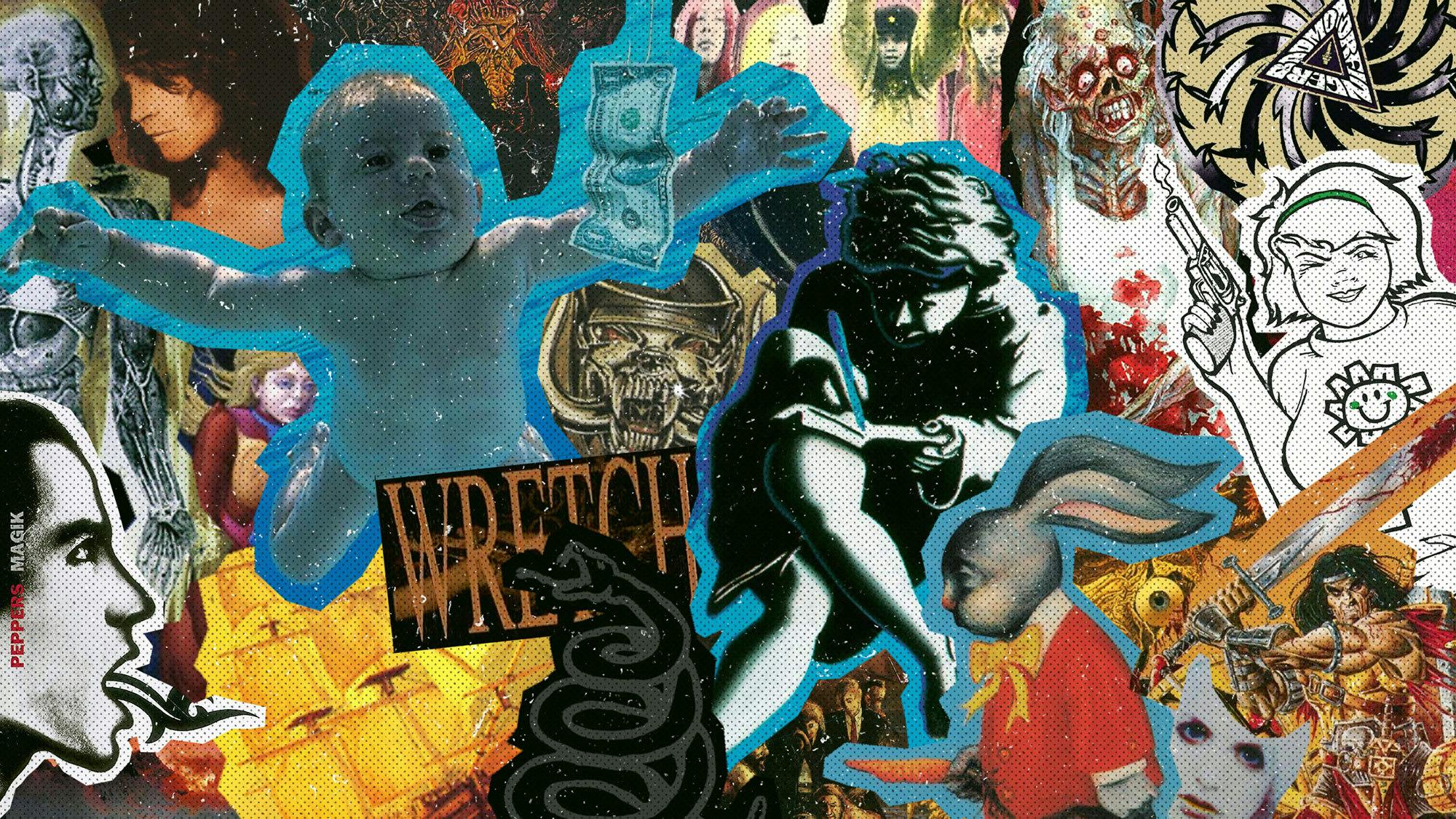The changing of the guard was well and truly underway by the second year of the 1990s. Emerging from beneath the grey skies of the United States’ Pacific Northwest, this was the annus mirabilis where grunge properly exploded, while a host of adjacent alt. sounds – from British shoegaze to Floridian death metal to Californian funk-rock – also began to break through. Hell, even supposed hard rock saviours Guns N’ Roses and legendary thrash stalwarts Metallica dared branch out further into expansive stadium-rock than most fans had dared imagine.
Looking back, there’s still a tendency to romanticise 1991’s outrageous late-summer avalanche of all-time classics (Nirvana’s Nevermind, Red Hot Chili Peppers’ Blood Sugar Sex Magik, Pearl Jam ’s Ten, alongside the aforementioned Guns N’ Roses’ Use Your Illusion double-album and Metallica’s ‘Black Album’ dropping in the space of six wild weeks). The whole year was incredible, though, littered with albums that still influence how we listen to heavy music today.
So grab the nearest cassette player and let’s dive in…
